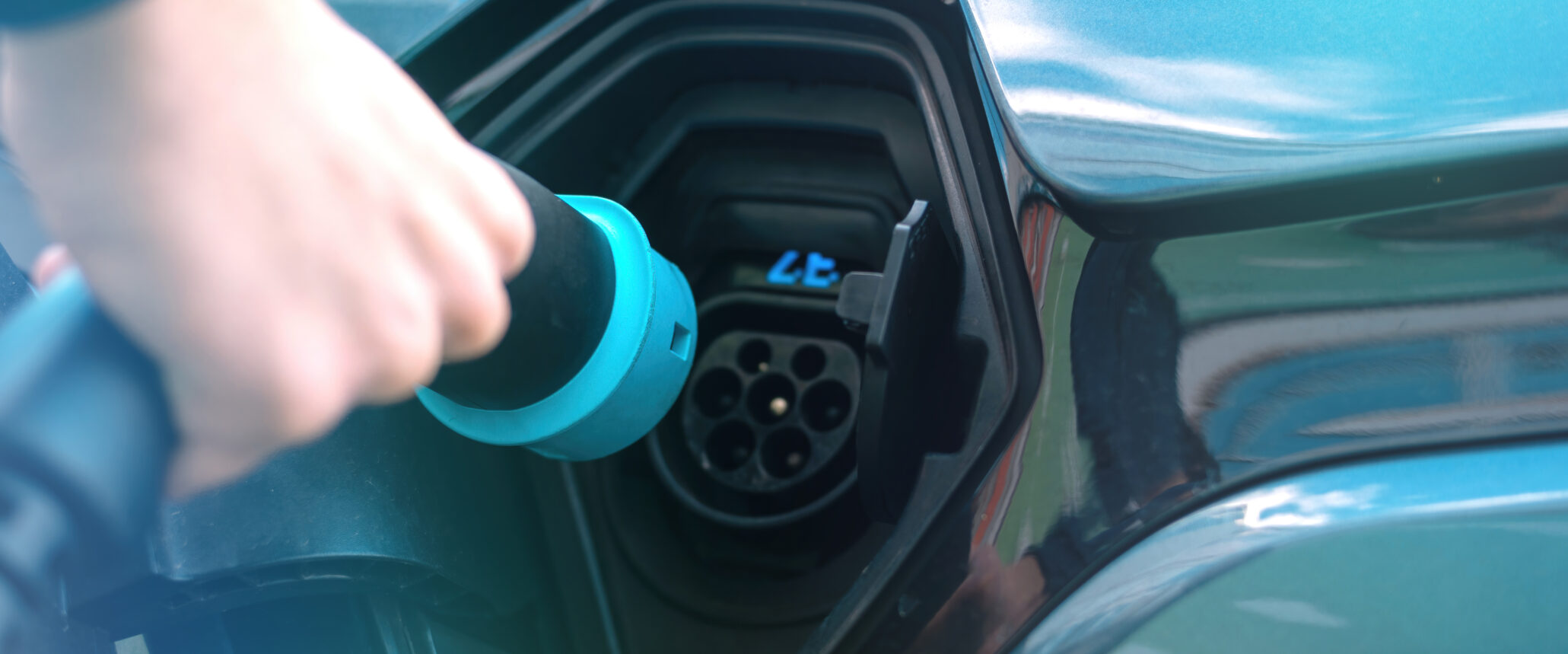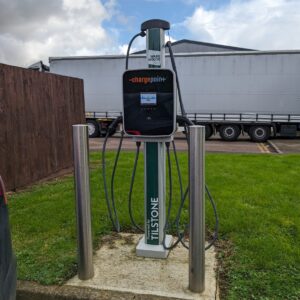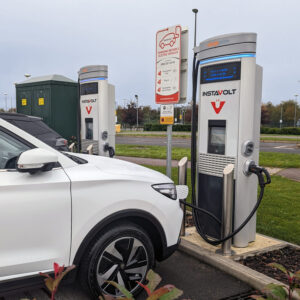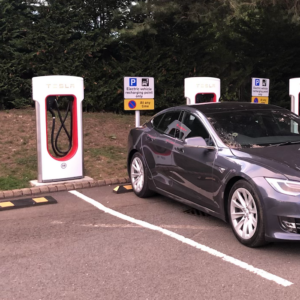EV Chargepoints are categorised into four main types: Slow, Fast, Rapid and Ultra-Rapid.
These are differentiated by how quickly they can charge up a car based on the chargepoint’s maximum power output and how much power the car’s battery can take.
Rapid charging times are often quoted for a charge to 80% (not 100%) because charging speeds slow significantly after 80%.
Charging to only 80% will avoid longer charge times and help protect the life of your battery. Some manufacturers recommend charging to 80% unless you need to travel a longer distance.



